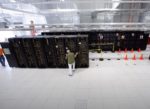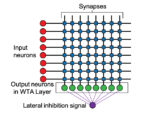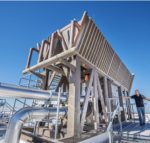Sandia National Laboratories Vanguard program has selected SoftIron, Ltd., to provide supplemental file and object storage for Sandia’s ARM-based Stria high performance computing cluster.
Stria supports the petascale Astra supercomputer – which Sandia said is the fastest ARM-based system on the TOP500 listing of the world’s most powerful computers – as a development system for preparing software releases and codes to be used on Astra.













